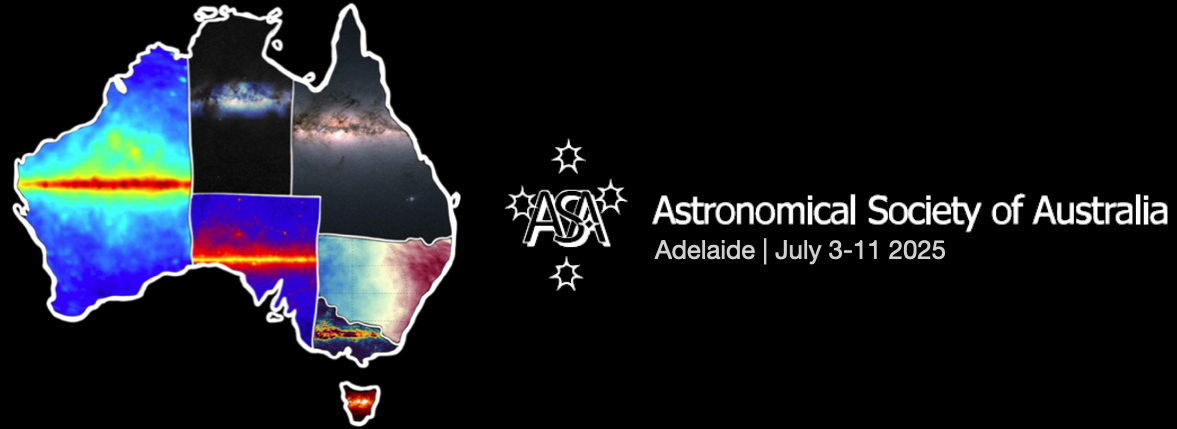Speaker
Description
TOI-2109b is the hot Jupiter with the shortest orbital period ($\sim$16 hr). At this close distance, strong tidal interactions can produce a significant exchange of angular momentum with the star. Since the orbital period of this planet is shorter than the stellar rotation period, TOI-2109b may be an optimal candidate for studying orbital decay. This process depends on how efficiently the star and the planet dissipate energy, due mainly to interior mechanisms that are poorly constrained in exoplanet systems. In this work, we study for the first time the tidal evolution of TOI-2109b under a formalism of inertial waves (IWs) in convective envelopes and internal gravity waves (IGWs) in stellar radiative regions. We find that uncertainties in the age of TOI-2109 ($t_\mathrm{\star, age}$) significantly affect the rate of orbital evolution, as IWs and IGWs interact differently depending on $t_\mathrm{\star, age}$. For an 'old' host star, we find that TOI-2109b would undergo fast orbital decay. Conversely, if TOI-2109b orbits a 'young' host star, a rather slow decay rate would suggest a constant-period orbit. Our calculated mid-transit times and transit-timing variations (TTVs) support a younger host star with $Q_\star'>3.7\times10^7$, suggesting a decay rate of $\dot{P}\sim4\,$ms yr$^{-1}$ that could lead to mid-transit-time shifts of $\lesssim10\,$s over three years. Orbital decay and other TTV-inducing effects will be confirmed or ruled out with future higher-quality timing data. The results presented here aim at constraining the current modeling of tides and TTVs for TOI-2109b, helping us further understand those light-curve changes associated to the long-term evolution of ultra-short-period planets.

